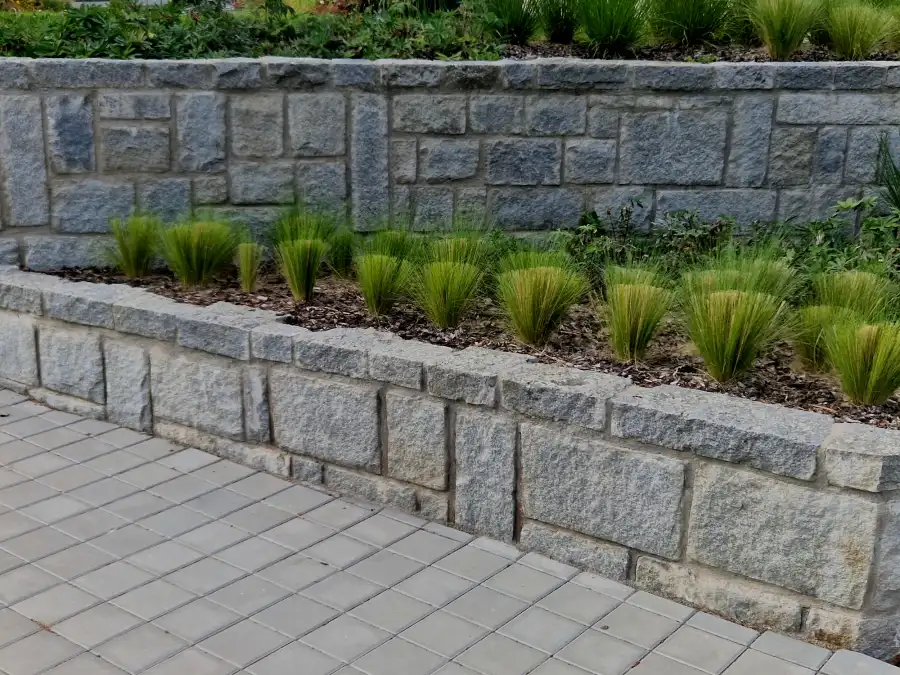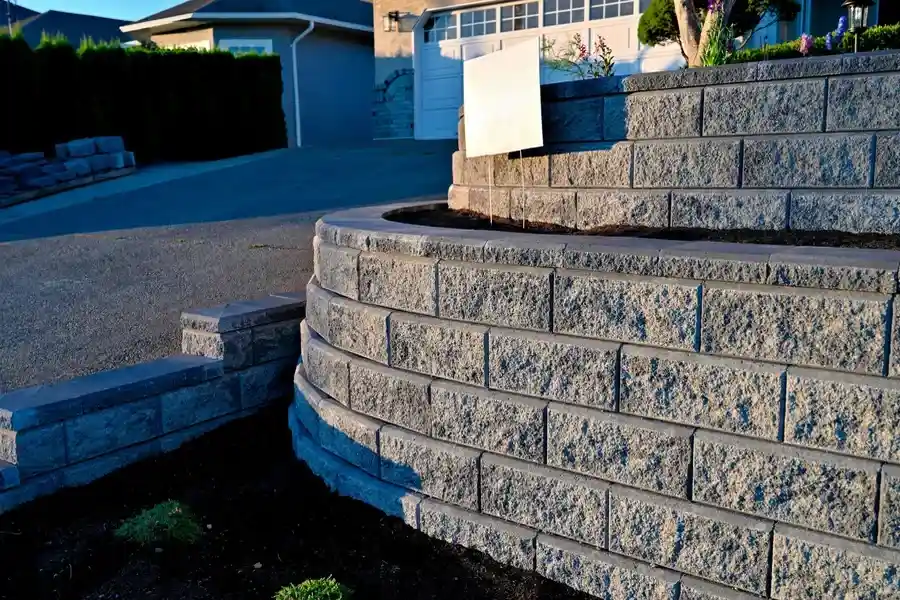A Comprehensive Guide to the Right Tools and Techniques
When it comes to fixing walls, having the right tools is crucial. Whether you’re patching up small holes or tackling larger restoration projects, using the appropriate equipment can make a significant difference in the quality of your work. This guide will walk you through the essential tools and equipment needed for effective wall repair tasks. By understanding what each tool does and how to use them properly, you’ll be better prepared to handle any wall repair project, ensuring a smooth and professional finish.

Basic Hand Tools You Need
Before diving into more specialized equipment, it’s important to have a set of basic hand tools. These include a tape measure for accurate measurements, utility knives for cutting materials, and sandpaper for smoothing surfaces. These simple yet essential tools form the foundation of most wall repair projects.
The Role of Power Tools
Power tools like drills and electric sanders play an important role in speeding up wall repair tasks. Drills are particularly useful when you need to secure new drywall sheets or install anchors. Electric sanders help achieve a smooth surface faster than manual sanding. If you’re tackling Retaining Wall Repair, these power tools become indispensable for efficiency and precision.

Materials Required for Wall Repair
Alongside tools, certain materials are essential for successful repairs. Joint compound, also known as mud, is used to fill gaps and cover seams. Mesh tape is ideal for reinforcing joints, while primer ensures the repaired area blends seamlessly with the rest of the wall. In Retaining Wall Repair, additional materials like concrete mix may be required depending on the damage.
Specialized Tools for Advanced Repairs
For more complex jobs, specialized tools such as drywall saws and corner trowels are necessary. Drywall saws help cut precise shapes in drywall panels, which is helpful when replacing damaged sections. Corner trowels allow you to apply joint compound smoothly around corners, ensuring a flawless finish in those hard-to-reach areas.
Safety Gear to Consider
Safety should always be a priority during any repair work. Equip yourself with safety goggles to protect your eyes from dust and debris. Dust masks are also critical, especially when sanding or working with potentially harmful materials. Gloves can protect your hands from cuts and irritation caused by handling various substances.
- Tape measure for accurate measurements
- Utility knife for cutting materials
- Sandpaper or electric sander for smoothing surfaces
- Drill for securing drywall sheets
- Joint compound for filling gaps
- Mesh tape for reinforcing joints
- Primer to blend repaired areas
- Drywall saw for precise cuts
- Corner trowel for smooth applications
- Safety goggles to protect eyes
- Dust mask to prevent inhalation issues
- Gloves to safeguard hands
Cost Considerations When Preparing Your Toolkit
The cost of assembling a toolkit can vary widely based on the quality and brand of the tools you choose. While it’s tempting to opt for cheaper options, investing in high-quality tools often pays off in durability and ease of use. Consider your budget but keep in mind that well-made tools can last longer and perform better over time.
Your Next Steps for Successful Wall Repair Work
Now that you know the essential tools and equipment for wall repair work, it’s time to take action. Assess your current toolkit and identify any missing items that could enhance your repair capabilities. Assemble your tools thoughtfully, considering both immediate needs and potential future projects. For personalized advice on selecting the best equipment for your specific needs, contact us at (336) 762-2193. Our team at Lorenzo Hernandez Masonry LLC is dedicated to helping you achieve outstanding results in all your wall repair endeavors. Located in Lexington, NC, we serve our local community with top-quality service and expertise.